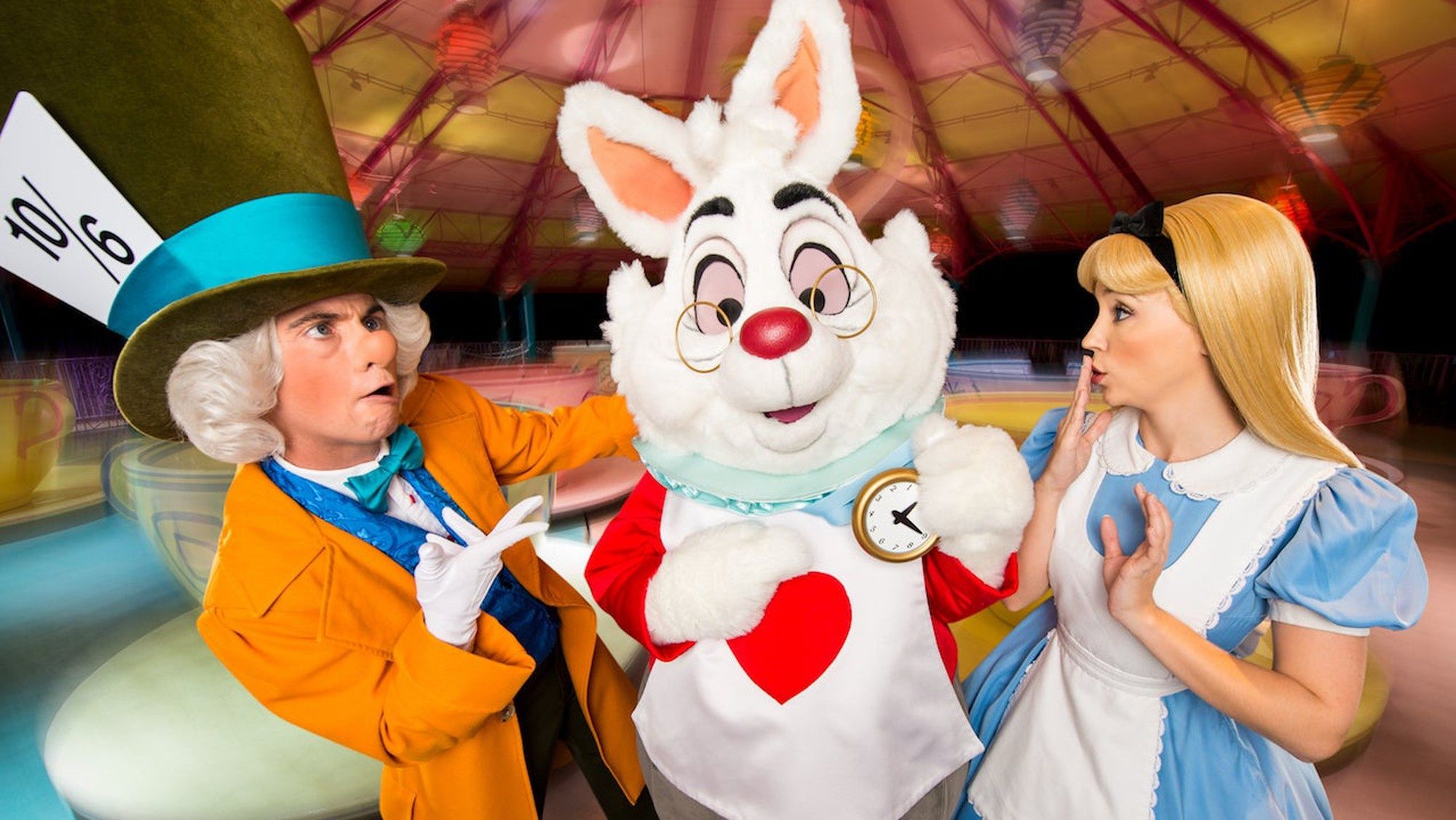Disney's (DIS +0.14%) Disney+ is an undeniable juggernaut.
In its first three months, the entertainment giant's new streaming service attracted a whopping 26.5 million monthly subscribers, according to its fourth-quarter earnings report, and that number grew to 28.6 million by Feb. 3. That already puts the service nearly halfway to the low end of its goal of having 60 million to 90 million subscribers by 2024.
That figure is no doubt helped by a partnership with Verizon, which gives a free year of Disney+ to many of its mobile subscribers. But above all, it's a sign of pent-up demand for a Disney-themed streaming service. Through its catalog of animated movies and, more recently, the Star Wars and Marvel libraries, the company has built up incredible brand equity with fans, who are eager to consume new Disney series like The Mandalorian and have an easy way to enjoy Disney classics that keep their kids entertained.
CEO Bob Iger said the Disney+ launch "exceeded even our greatest expectations," and on the earnings call credited "the uniqueness of the service, an excellent user interface, and the high quality of our brands and content" for the blockbuster start.
With 28.6 million members, Disney+ has nearly as many subscribers as Disney-controlled Hulu, which launched in 2008 and now has 30.4 million monthly subscribers.

Image source: Disney.
However, one occasionally overlooked factor in Disney+'s breakneck growth is the service's bargain price point. At just $6.99/month or $69.99/year ($5.83/month), it's one of the most affordable ad-free streaming services. By comparison, ad-free Hulu goes for $11.99/month, and the standard Netflix (NFLX +1.02%) package is $12.99 a month. Including the Disney+ bundle that pairs it with ESPN+ and Hulu and goes for $12.99/month, Disney said that average revenue per month from paid Disney+ users was just $5.56. Netflix, on the other hand, gets upward of $13/month from its domestic subscribers.
It's also worth remembering that streaming expansion hasn't come cheap for Disney. Losses in its direct-to-consumer and International businesses ballooned from $136 million in the quarter a year ago to $693 million, even as revenue more than quadrupled from $918 million to nearly $4 billion.
Given its low price point compared to competitors like Netflix, it seems like Disney+ is leaving a lot of money on the table.
Can Disney+ raise prices?
The Disney+ launch blew past the estimates of both the company and analysts, a sign that there's an overwhelming demand for the streaming service. Considering that Netflix and other competing services are about twice as expensive as Disney+, the entertainment specialist likely has room to raise prices -- and most customers would be willing to pay more given the response so far. With 30 million members, Disney could raise its price by $3 per month and send another $1 billion straight to the bottom line, assuming those subscribers stayed with the service.
Based on demand, the company wouldn't be wrong to make such a move. But it's not going to raise prices, at least not anytime soon. There are two reasons why.
First, a subscription model can just as easily grow revenue and profit by adding subscribers. Disney+ has just launched the service, and it's about to expand it overseas in key markets like Western Europe and India in March. Disney is better off using a market penetration strategy to gather as many subscribers as it can first before raising prices or worrying about making the service profitable. The service is still brand new, and the company wants to generate buzz and build trust with its customers. Raising prices at this point would hamper some of those goals and dampen enthusiasm for the platform.
Second, Disney+ doesn't have to accomplish the same goals as Netflix, which is is a stand-alone streaming service that has to deliver a profit on its own. Disney+, by contrast, functions within a larger ecosystem of the world's biggest entertainment company. Disney makes money from its movies, broadcast and cable television, theme parks and resorts, and consumer products like toys. Ultimately it's a brand manager, extracting from some of the world's biggest entertainment franchises. Disney+ gives it an excellent vehicle for building the next generation of fans of its worlds, from Disney to Pixar to Star Wars and Marvel. The company has long been focused on children, and Disney+ gives it the best pipeline yet to get their attention, coming straight into the home where the service can be enjoyed any time on any device.
As the service matures, prices will almost certainly creep higher, but that won't happen for years. The company set out a goal for the service of profitability by 2024, and Disney is still a premium brand. It's no stranger to price increases at its theme parks, which already cost a small fortune, and the Mandalorian-inspired "Baby Yoda" toys that Iger talked up on the call won't be cheap either.
Disney+, however, is at the top of Disney's brand-building ecosystem funnel, which is why the company priced the service so low to begin with. For now, fans can enjoy one of the best bargains in video entertainment. For investors, the pricing strategy means that the pay-off will take a little longer, but if the blockbuster opening is any sign of its potential, it will hit eventually.








